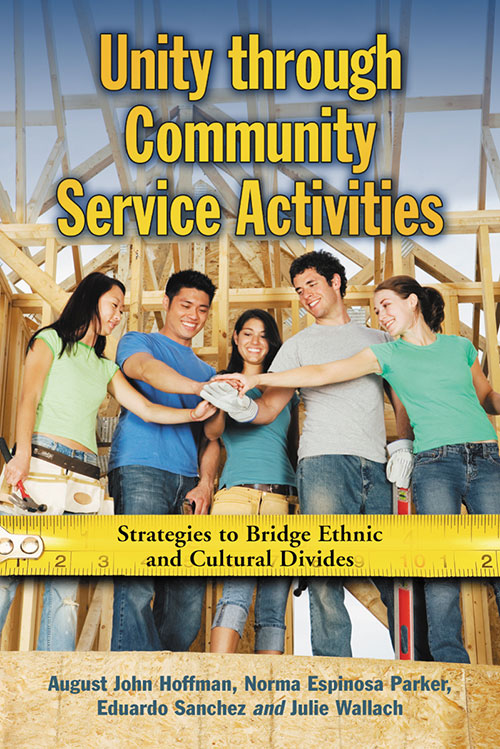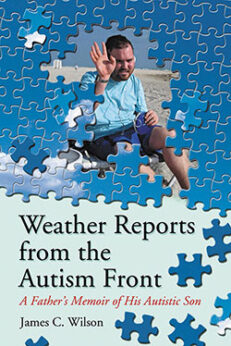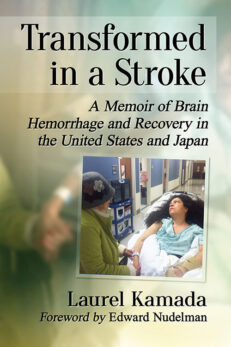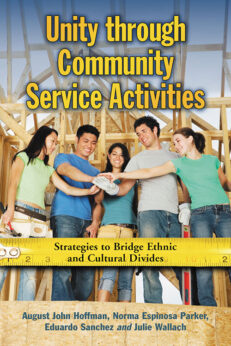Unity through Community Service Activities
Strategies to Bridge Ethnic and Cultural Divides$29.95
6 in stock
About the Book
Community service work is an ideal way not only to help define how young people deal with each other but actually to facilitate these interactions and help them achieve meaning in their lives. This book addresses community service ways to overcome divisions, foster multicultural group development, and reduce ethnocentrism and ethnic conflict.
About the Author(s)
Bibliographic Details
August John Hoffman , Norma Espinosa Parker, Eduardo Sanchez and Julie Wallach
Format: softcover (6 x 9)
Pages: 218
Bibliographic Info: tables, appendices, bibliography, index
Copyright Date: 2009
pISBN: 978-0-7864-4108-2
eISBN: 978-0-7864-5318-4
Imprint: McFarland
Table of Contents
Introduction 1
1. Community Service Work in Compton College: Bringing People Together via Gardening Work 11
2. Group Work as a Necessary Factor of Human Evolution: Work Cooperatively Together or Perish 26
3. The Establishment of Roles within the Group 44
4. The Dynamic Relationship between Collaborative Learning and Community Service Work: Working Together for a Common Purpose 56
5. The Relationship between Community Service Learning and Interdependency: Our “External” Differences Help Us to Realize Our “Internal” Similarities 68
6. Community Service Work: Improving Communication and Reducing Student Ethnocentrism 80
7. Teaching Principles of Group Development vs. Individual Gain 88
8. Reducing Prejudice and Discrimination via Interdependency 102
9. Keeping It Real: The Influence of Technology on the Quality of Interpersonal and Group Relationships 125
10. The Paradox of Maintaining Ethnic and Cultural Identity and Assimilating in the Dominant Group 138
11. Reducing Hate Crimes via Community Service Work in Multiethnic Student Populations 147
12. The Critical Periods for Incorporating Community Service Work Principles 167
Appendix A Understanding Immigration Reform and Ethnocentrism from the Cuban Perspective (by Dr. Norma Espinosa Parker) 187
Appendix B Directly from the People: How Community Service Work Has Changed the Lives of Individuals within the Community 201
Bibliography 205
Index 211









